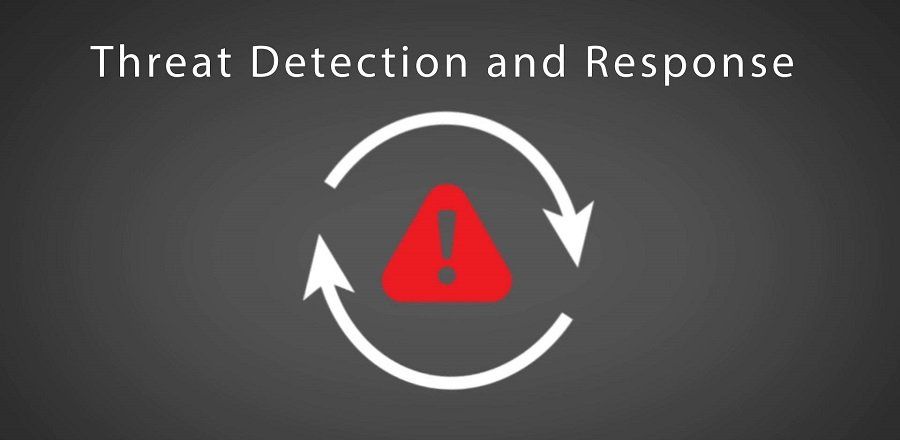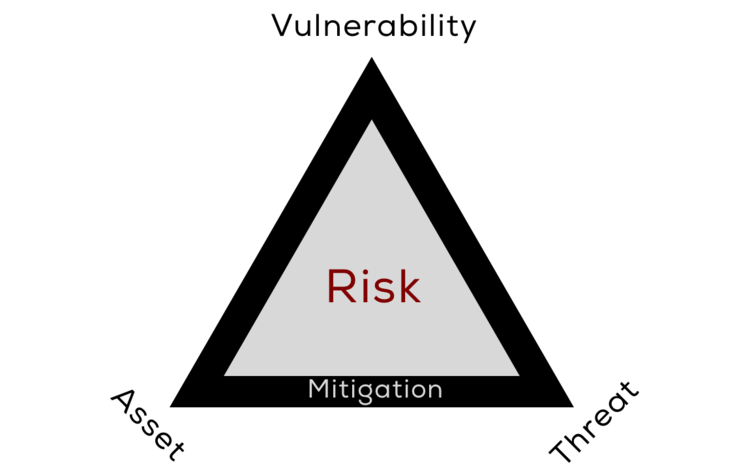Understanding Cyber Threat Intelligence to Improve Enterprise Security
- By Michael Samson
- •
- 11 May, 2018
- •

Organisations are facing
multifarious threats to the security of their data systems. It has made
imperative to understand cyber security in order to protect data resources.
However, data vulnerability is expanding at a rapid pace that most of the organisations have been unable to match it. But, the quest for zero data vulnerability is opening the new avenues for the corporate sector by offering various tools and techniques to improve data security.
Further, big enterprises are become pro-active in managing their security control systems to thwart data attacks. For this, cyber-security is getting massive popularity owing to the comprehensiveness of approach and compactness of operations.
Although many people understand the terminology, it is misunderstood in many cases. Generally, raw information and mislabelled processes are considered as the intelligence which is not true.
So, the article is intended to offer an extensive understanding of how threat intelligence helps to protect information in an enterprise.
What Is Threat Intelligence?
Gartner defines the term in the following words:
“It is an evidence-based knowledge which includes context, indicators, mechanisms, implications and workable advice regarding an emerging or existing hazard or menace to assets that can be used to take inform decisions in response to the subject to that menace or hazard.”
So, if the above-given definition is taken into consideration, threat intelligence is the outcome of security analytics based on collected requirements, identification and assessment of information. Therefore, it is imperative to understand that raw information doesn’t constitute intelligence.
However, business organisations strive hard to keep their security strategy based on intelligence by making it optimized and relevant in order to reduce operational risks.

Typologies of Intelligence
It is imperative to understand that the whole process of data protection primarily based on the analysis. Therefore, massive quantity of data is processed to transform it into information relevant to intelligence. This is done in two ways as given below:
Strategic intelligence
This type of security methodology identifies the most cumbersome threats. The process is highly difficult because it focuses on the core assets of organisations including customers’ data, employees’ information, infrastructure, vendors, and applications.
So, the objective is attained by utilizing extremely professional human skills to implement security analytics. Further, it requires developing external connections to identify cyber security trends.
Ultimately, the topology helps to construct a comprehensive architecture for the defense against threats. The most common example of this topology is the threat actor TTPs used to keep informed security measures.
Operational intelligence
It is done automatically by the computers by identifications and analysis of data through enrichment.
Automatic detection of distributed denial of service (DDoS) attacks is considered the most common type operational threat intelligence. Further, network telemetry and indicators of compromise (IOCs) are used to identify information attacks.
Which topology is better?
Although, various eminent scholars and cyber security experts have done in-depth research in the implementation of threat intelligence topologies, it’s difficult to answer.
It is owing to the reason that threat intelligence is both the strategic and operational. It is a comprehensive approach towards risk analysis and threats identification.
So, it’s like the egg-chicken situation because no one can give a distinct idea to use one topology separately without implementing the other. Hence, operational and strategic threat intelligence goes hand in gloves.
Why Security Analytics is Important to ensure Threat Intelligence?
There are many tools available in the market to help business enterprises. All these tools are used for data security for the sake successful threat intelligence implementation.
Generally, a successful cyber-strategy goes through the following procedure:
- Procure or develop secure systems to
automate the process of collection, identification, and enrichment of potential
threat information.
- Create, implement and maintain adequate
tools required for operational threat intelligence.
- Analyse and identify the ways to devise
valuable and target oriented strategic intelligence.
Unfortunately, many of the business organisations ignore the value of above-given procedure which results in the loss of important data.
Concluding Remarks - Key Takeaways
The world is staggering in uncertainties owing to data insecurity. It is owing to the reason that technology has made information vulnerable to the threats leading to loss of data.
However, where there is a will, there's a way! So, along with other processes of security management, threat intelligence is considered a panacea for cyber threats.
It is a process of implementing data protection strategies based on identification and analysis of cyber security analytics.
Remember! Your data asset is the most precious resource for business progress. Don’t give it in the hands of data hackers.









